Do you ever watch commercials from Uber and Lyft, encouraging new drivers to apply to drive and wish you had some say over the advertising? In this article, senior contributor Jay Cradeur shares 7 things Uber and Lyft would never share in their commercials for new drivers.
Now that I have been driving for Uber and Lyft for three years and have completed over 22,000 trips, I feel qualified to share with new drivers and those who are considering rideshare driving as a profession what to expect.
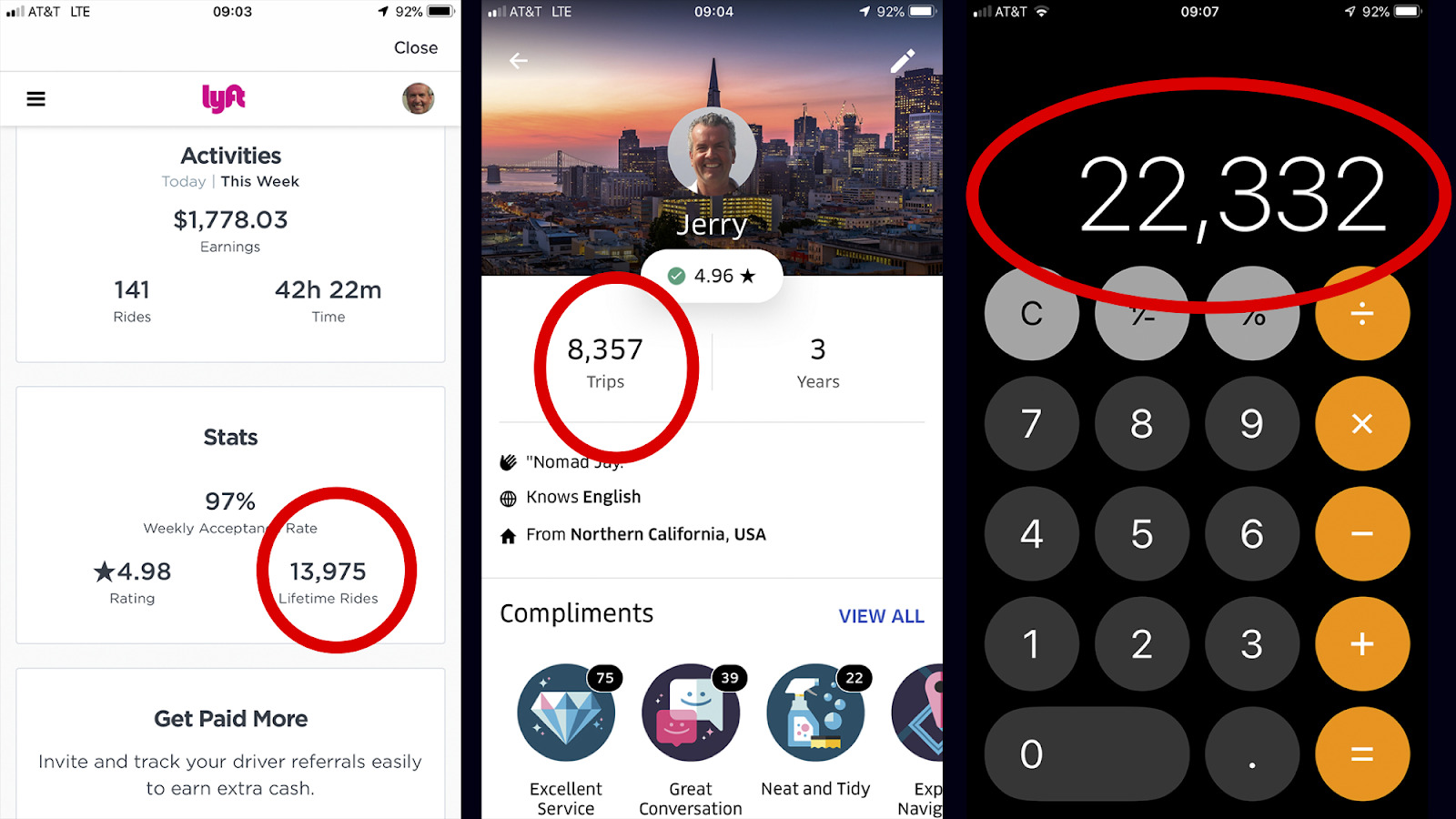
You may have seen Uber and Lyft commercials, which make driving seem like a dream job. It’s not because there is no “dream job”. You will find challenges with rideshare driving just as you will find with any repetitive work. This article will share seven facts you need to know, for real, before you decide to become a rideshare driver.
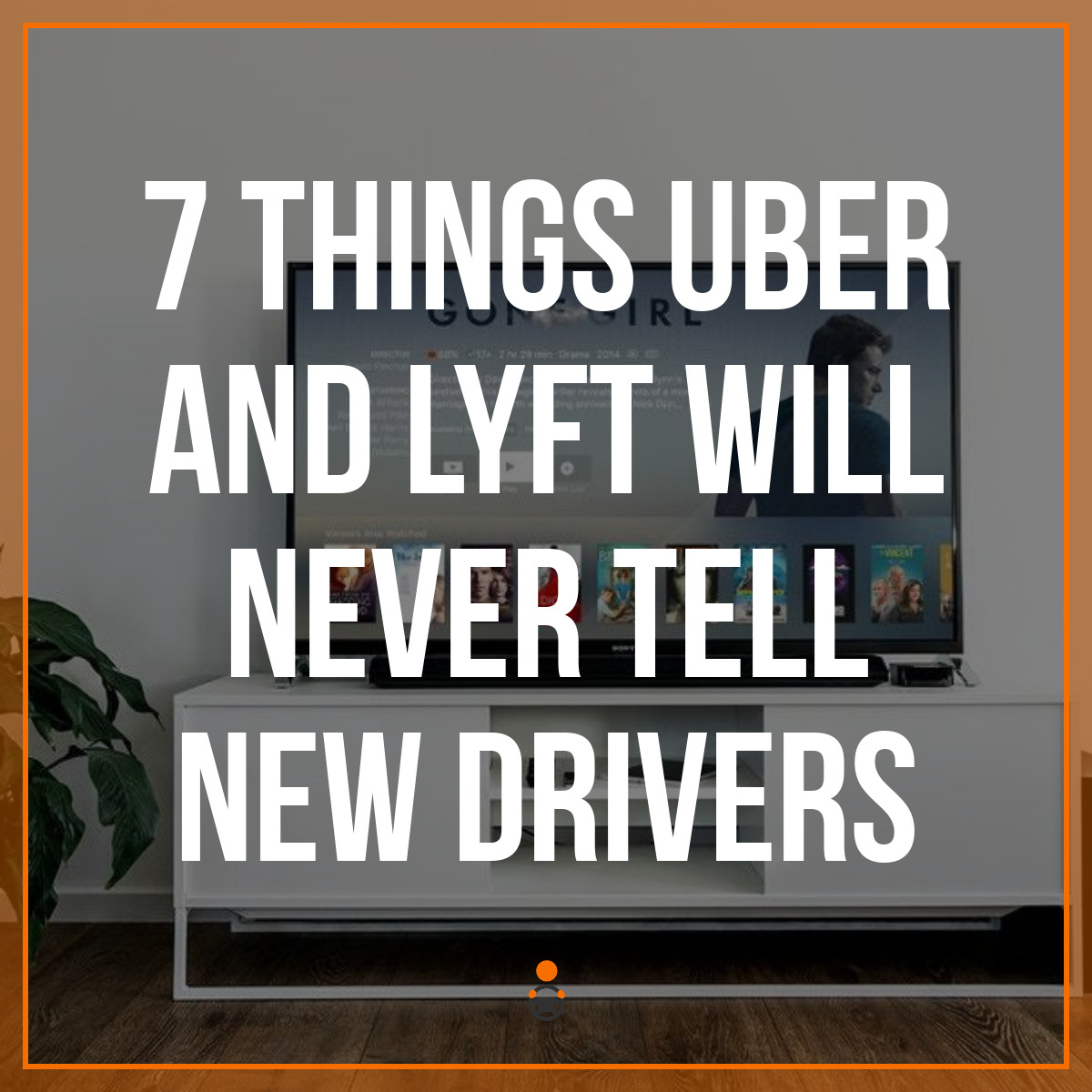
1 – You Will Not Make As Much Money As You Think
You will not really know how much money you can make until you drive, with your skill set, in your city, with your bonuses, and at the time of day you will be driving. Then you will have a good idea of what you can earn.
When I started, I had no idea. I drove for 6 hours and made $100 in Sacramento, California. Then I looked at videos of drivers in San Francisco and decided to experiment with San Francisco. Driving in San Francisco, I was able to double my earnings. Now that I have been driving for 3 years, I have a very good expectation of my earnings. Plus using this method, I’m making even more money on the side.
Trial and error and asking questions will improve your earnings. Set your expectations low and then you won’t be disappointed. Put in the time and your earnings will increase. Also, learn from other drivers and implement their strategies! You can follow The Rideshare Guy on YouTube to get all of the latest from rideshare news, to tutorials and strategies, and more.
2 – Your Car Will Cost You More Than You Think
Expect the unexpected. For full-time drivers, I recommend the Uber leasing program for a vehicle. You get a car with unlimited miles so you do not have to be concerned with depreciation. However, you do have to be concerned with repairs. Tires and brakes will constantly need to be replaced.
Just a few months back, I had to fork over $1,500 for a new head gasket and water pump in my Prius. You will also need to equip your car with items such as a phone holder, water, pepper spray, air freshener, and you may even want to add a dashcam for security purposes. Cars need constant care and attention. Also, don’t forget to get rideshare insurance.
3 – Being An Independent Contractor Will Save You Money In Taxes
You will absolutely pay less in income taxes (as a percentage of your earnings) as a rideshare driver than if you were an employee for a company. As a driver, we can partake in the very generous mileage deduction. For the tax year 2018, the standard mileage deduction rate is 54.5 cents per mile.
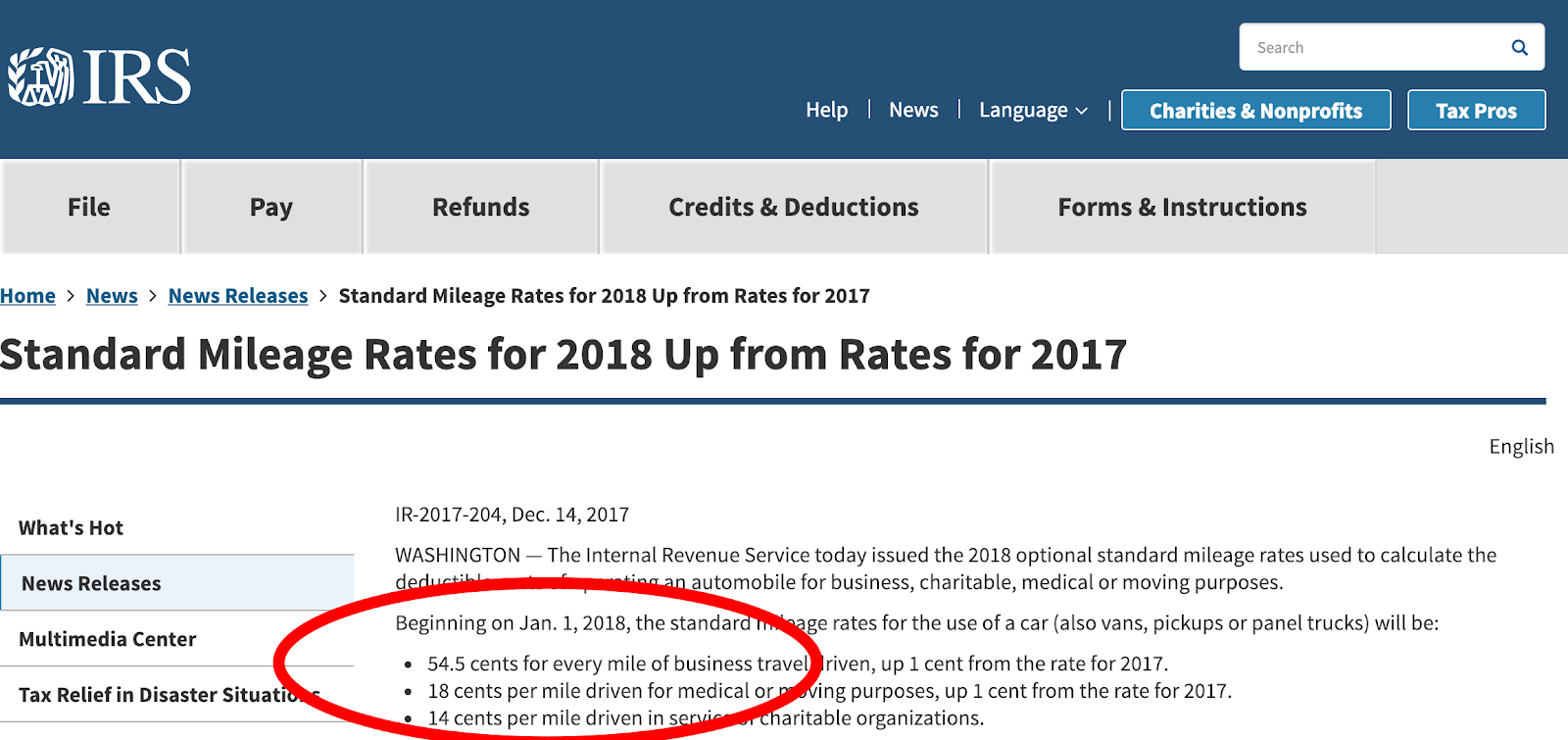
Let’s say you work full time and drove 1,500 miles per week and drove for 48 weeks. Let’s further say you earned $60,000 net of Uber and Lyft fees. Your mileage deduction would be 1,500 x 48 x .545 = $39,240. We can then subtract this right off our earnings as follows: $60,000 – $39,240 = $20,760. If you did not deduct any further expenses, you would pay taxes on just over $20,000. However, you can still deduct many additional items, which will bring your taxes even further down.
Have more questions about rideshare taxes? Our comprehensive guide to rideshare taxes can help you out.
4 – Being Your Own Boss Is A Blessing And A Curse
This is absolutely one of the things I most love about rideshare driving: I am my own boss. I can work when I want, write when I want, travel when I want. But there is a flip side to this situation. You don’t have a boss telling you to get to work. You must not only become your own boss, but you must become a good boss. Otherwise, the house of cards falls down.
In order for me to travel, I need to work hard when I am home. Next month I am traveling to Paris. This month, I am working hard, driving for Lyft and writing blogs and making videos and doing a few other things. Be a good boss to yourself. As Chris Rock said in one of his stand up specials, you have got to “take care of business!”
5 – You Will Get Tired and Bored
I love driving. Each day I meet a passenger or two or three who are interesting and from whom I can learn something. Some days I connect with a passenger and I laugh very hard. Other days I may be struck with a glorious sunrise or unique otherworldly cloud formation.

Still, there are other times when I am bored. I feel like I have been driving for hours and I still have more hours to go. Nothing seems interesting. I have listened to all the good podcasts. I find that if I don’t get eight hours of sleep, then my day will be even more difficult. Expect to be bored and to get tired by the end of the day. It is part of the job.
6 – There Is No Future In Rideshare Driving
If you don’t know what an AV is, then Google it. Autonomous Vehicles are the future – drivers are not. No one knows for sure when the self-driving cars will start to deliver people, but it seems certain it will happen. I feel confident that being a driver will last at least another five years. After that, drivers could be replaced.
Truck drivers, taxi drivers and Uber and Lyft drivers will all one day be replaced. Think of driving as a temporary gig. Here is an excellent podcast on the current state and future of rideshare driving and autonomous vehicles: The Revolution Will Be Driverless: Autonomous Cars Usher in Big Changes.
7 – Neither Uber Nor Lyft Care About You As A Driver
Just when you think Uber and Lyft support you as a driver, they both change the pay structure in their favor. It can be very frustrating. As a new driver, you must understand that we the drivers are not a valued member of the team. We are an expense, one which Uber and Lyft cannot wait to eliminate.
In the meantime, both companies look for creative ways to pay us less and less. Recently, I received this notification from Lyft, which is similar to the notification I received from Uber a few weeks prior.
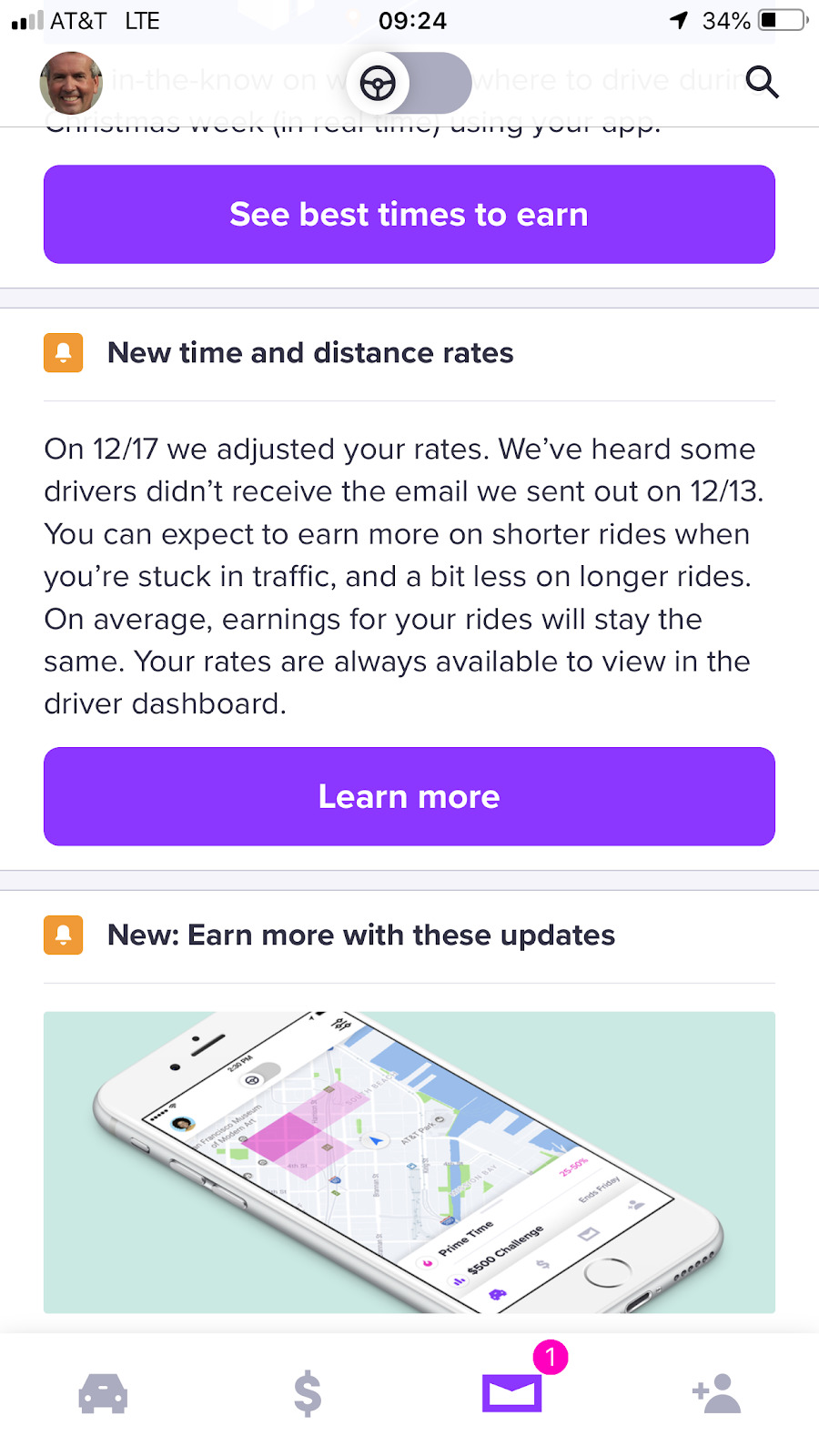
I find these changes very frustrating. Let’s break this down. In the chart below, I compare the old rate versus the new rate for a long ride, and airport run, and a slow ride across town. As you will see, the amount I am losing on the long rides is far more than what I could possibly earn on the slow, in traffic, rides.
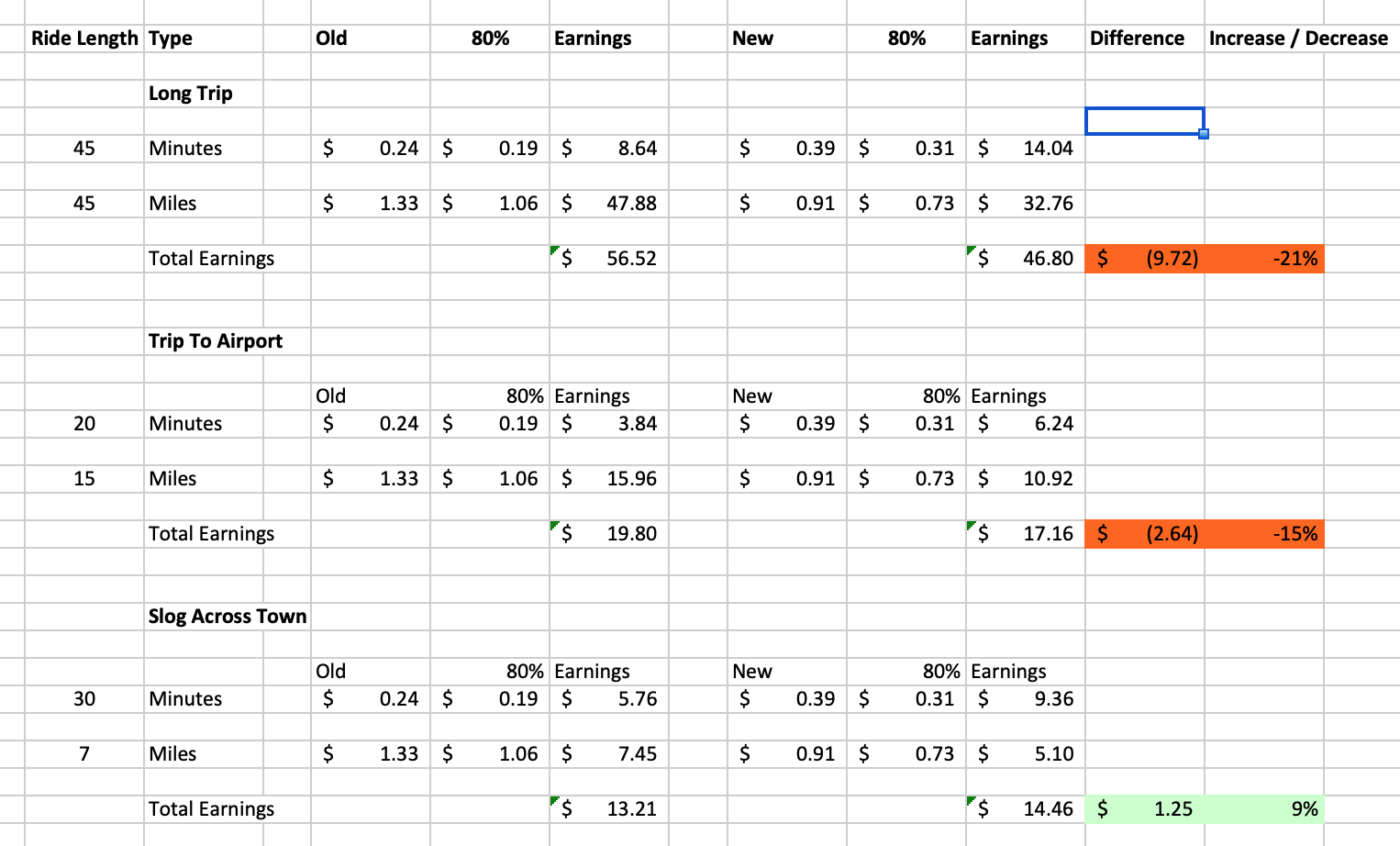
On long rides during the day and on the weekends, I am now losing nearly $10 per ride. On my airport runs, I am losing close to $3 per ride. And on the rides which I work hard to avoid, the slow tedious rides in traffic, I am making up a measly $1.25.
I don’t know how Lyft’s legal department can approve the wording “On average, earnings for your rides will stay the same.” If that is truly the case, then why was a change made? No, this is another slap in the drivers’ faces. As drivers, we must accept this pay cut and keep on driving. For new drivers, this is how it is and how it has always been. Accept it for what it is and you will be all right.
Summary
As a driver, you will need to be adaptive. Things change and you will have to change with them. Being a rideshare driver can be very rewarding. However, it is important you walk into this profession with your eyes wide open. I hope this article has helped to wipe away some of the false shiny veneer surrounding our industry.
With eyes wide open, you can have a wonderful time driving in the rideshare industry while enjoying the freedom and flexibility that comes with it. Be safe out there.
Readers, what would you tell a brand new driver for Uber/Lyft?
-Jay @ RSG
[yasr_visitor_votes size=”medium”]




